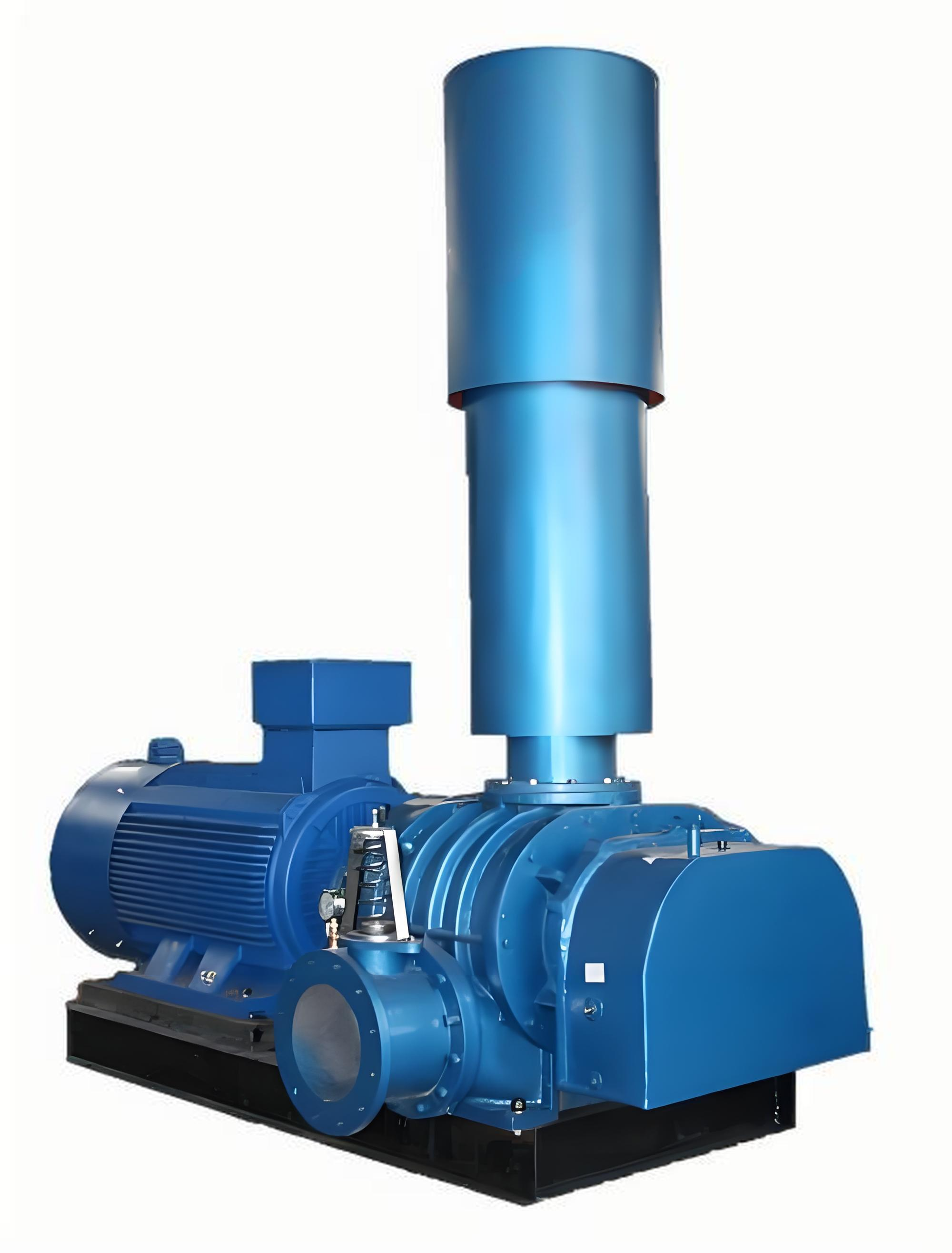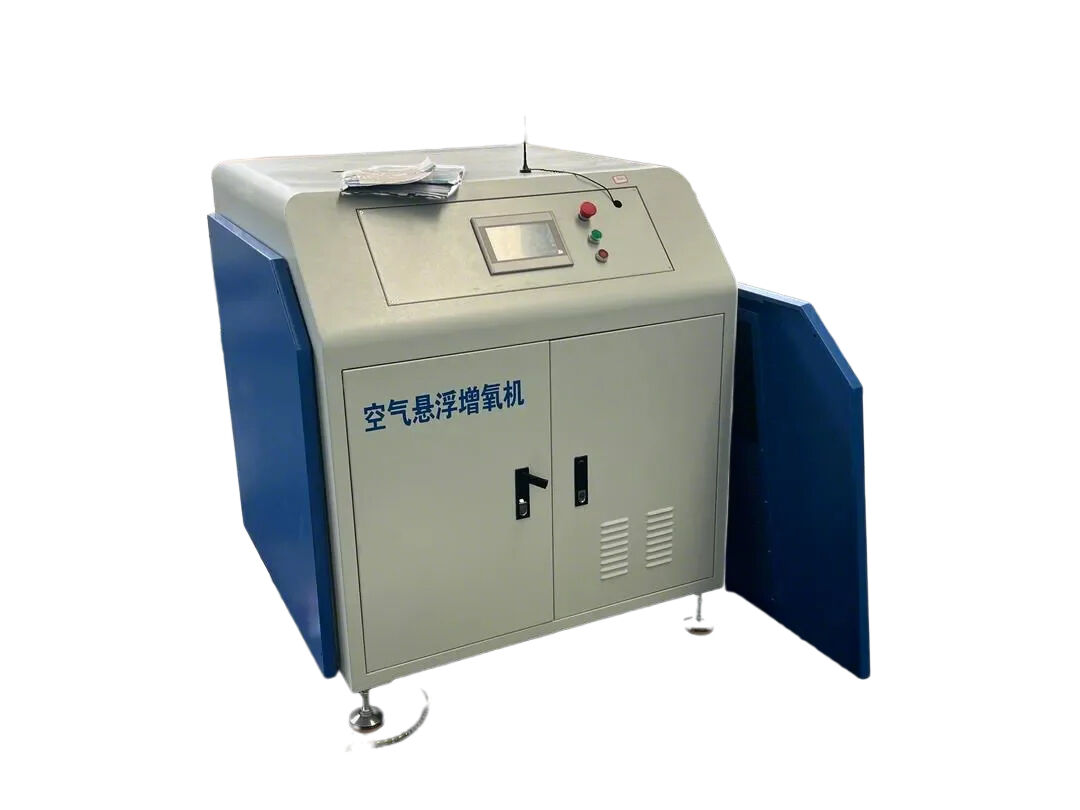submersible aerator for wastewater treatment
The submersible aerator stands as a crucial innovation in wastewater treatment technology, combining efficient oxygenation with robust mixing capabilities. This advanced system operates by introducing air or oxygen directly into the wastewater while submerged, creating optimal conditions for biological treatment processes. The device consists of a motor driven impeller system that draws in atmospheric air through a hollow shaft, dispersing it into fine bubbles throughout the liquid medium. Its design incorporates high quality stainless steel components and specialized sealing systems to ensure durability in harsh wastewater environments. The aerator's submersible nature allows it to operate at various depths, providing flexible installation options for different tank configurations. Modern submersible aerators feature advanced motor protection systems, variable speed controls, and energy efficient designs that optimize oxygen transfer rates while minimizing power consumption. These units are particularly effective in applications ranging from municipal wastewater treatment plants to industrial effluent processing, aquaculture, and environmental remediation projects.



